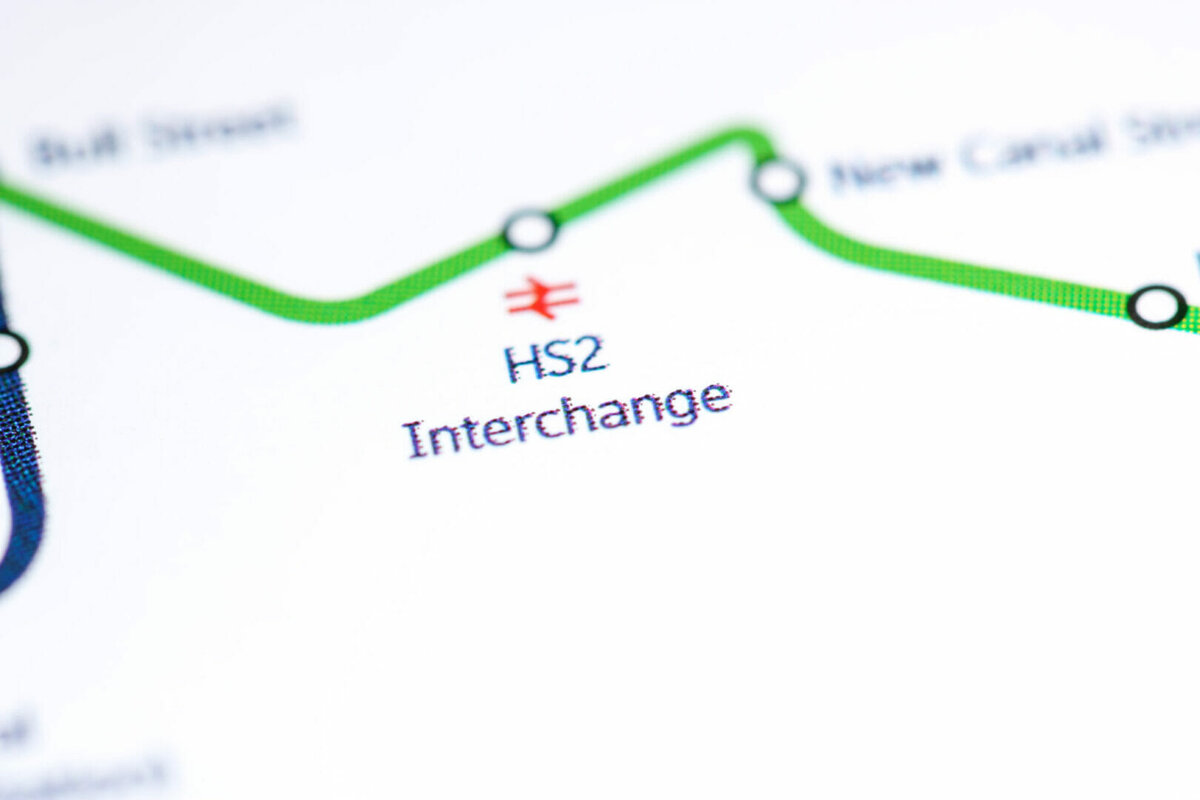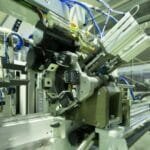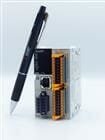After doubts about the future of the UK’s high-speed rail link HS2, the government has said the project will go ahead, although delayed by up to three years, in 2029. The prospect of 250 mph rail travel is again real and, while the brakes have been put on HS2 for now, OEMs and engineers should consider how the trains will function safety. That includes theirbraking systems. Steve Hughes managing director of power quality specialist REO UK, explains how braking resistors will be crucial for stopping the world’s fastest trains.
Slowing down a car is relatively simple. Depressing the brake pedal pushes two pieces of metal together, and the friction between these slows the vehicle down. This technology is simple and cost-effective, yet also safe and reliable.
This works well for vehicles that weigh up to a few tonnes, but deficiencies become apparent in locomotives that are ten or 20 times that weight.
Braking a train with smaller disc brakes, as typically found in cars, would melt them away in seconds. That’s why many trains employ huge discs and callipers, across multiple axles, to achieve their breaking force. While this approach works, it has several downsides such as significant weight, physical wear over time and high maintenance costs.
Another deficiency of larger disc brakes is revealed in modern high-speed trains. Imperfections, warping, fouling and inconsistent wear on the braking surfaces cause the braking force to vary through each rotation of the disc. This rotationally variable braking profile causes vibrations. These can reduce braking performance, decrease passenger and driver comfort and increase overall maintenance requirements as the train is effectively shaken apart over time.
Shunting electrons
There is an alternative approach to slowing a massive, multi-tonne locomotive that might seem somewhat counter-intuitive. It involves exercising the smallest and lightest of the charged elementary particles: electrons.
This approach relies on the fact that electric motors and generators are one and the same. Just as pushing power to an electric motor causes the driveshaft to move, moving the driveshaft causes the motor to push electrons around the wire.
By resisting the flow of these electrons — with several resistors, for instance — a negative torque is created on the driveshaft. Just like that, a rheostatic brake is created. These systems neatly avoid the issues experienced with larger disc brakes, mentioned above, because they do not rely on physical contact and friction.
A further advantage of rheostatic braking comes from its ability to concentrate the braking resistors, and therefore braking heat, in one place. This means that heat dissipation equipment can be focussed on one area, instead of being distributed across multiple brakes on multiple axles. By designing the vehicle around this braking scheme, engineers can find additional uses for the waste heat, such as heating the carriages.
This approach significantly reduces complexity, costs and associated maintenance when compared with alternative methods. Design and operational simplicity is always beneficial, especially in critical systems like braking.
Rheostatic braking also allows for traction to be maintained during braking. If the braking force exceeds the friction between the wheel and track, the wheel will skid. Skidding extends braking distances, so to stop the train as quickly as possible, these forces must be closely balanced.
In a mechanical system, temperature, wear and fouling are just a handful of the factors that impact the braking force. These must be accounted for, so the brakes do not exceed the traction. Comparatively, the only parameter in electrical brakes that requires adjustment is the resistance across the motor-generator — this dramatically simplifies traction control.
It is one thing to get trains to travel at speeds of up to 250mph; but it’s quite another making them stationary again. Brakes are arguably the last component that you want to fail, no matter the application. Therefore, the quality of the components that make up the system is paramount.
REO UK supplies trusted, certified, railway-ready wound components, which can be the ideal choice in these demanding applications. Visit REO’s website or call on +44 (0)1588 673 411 to speak to a representative about your query.








